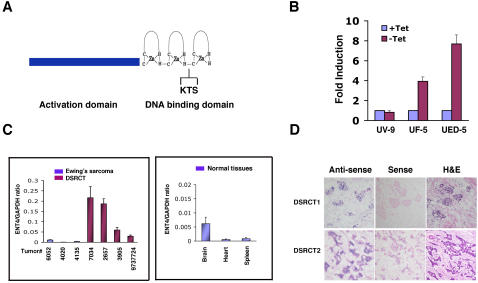Figure 1. Identification of ENT4 as a target of EWS/WT1 in DSRCT.
A. Schematic representation of EWS/WT1 chimeric protein. The activation domain of EWS and the three zinc fingers of WT1 (DNA biding domain) are indicated. KTS indicates the alternative KTS splicing. B. Induction of ENT4 expression by both isoforms of EWS/WT1. Total RNA isolated from cells with Tet-repressible expression of EWS/WT1(−KTS) (UF-5), EWS/WT1(+KTS) (UED5) and empty vector (UV9) grown in the presence or absence of Tet for 12 hrs was analyzed by qRT-PCR using ENT4 TaqMan probe (Applied Biosystems). Fold induction represents the level of ENT4 expression following the inducible expression of EWS/WT1 (−Tet) relative to the uninduced (+Tet). Data were analyzed by comparative Ct method using GAPDH as a control. C. Expression of ENT4 in primary DSRCT and Ewing's sarcoma specimens, and in normal human tissues. Total RNAs isolated from primary tumors of DSRCT and Ewing's sarcoma specimens and from normal human brain, heart and spleen were analyzed for ENT4 and GAPDH expression using TaqMan quantitative RT-PCR. Relative expression of ENT4 is shown as the ratio of ENT4 transcripts relative to GAPDH transcripts (note the scale difference in the left and the right panels). D. RNA in situ hybridization of ENT4 in DSRCT. Two frozen DSRCT samples were sectioned and hybridized to ENT4 riboprobes. ENT4 expression is restricted to tumor cells (antisense probe). No staining was observed with a control (sense) probe. Tumor sections were also stained with hemotoxylin and eosin (H&E).

